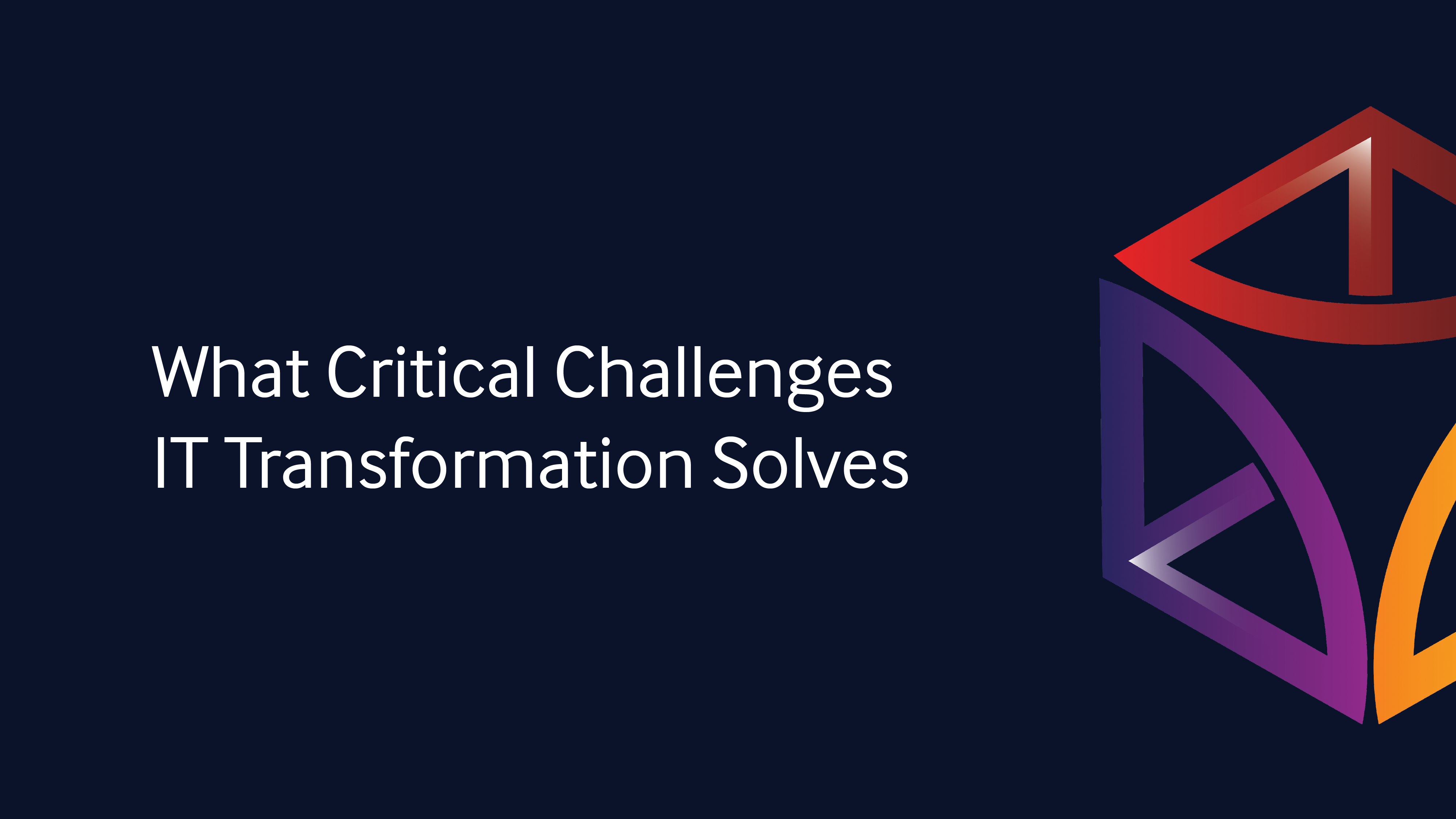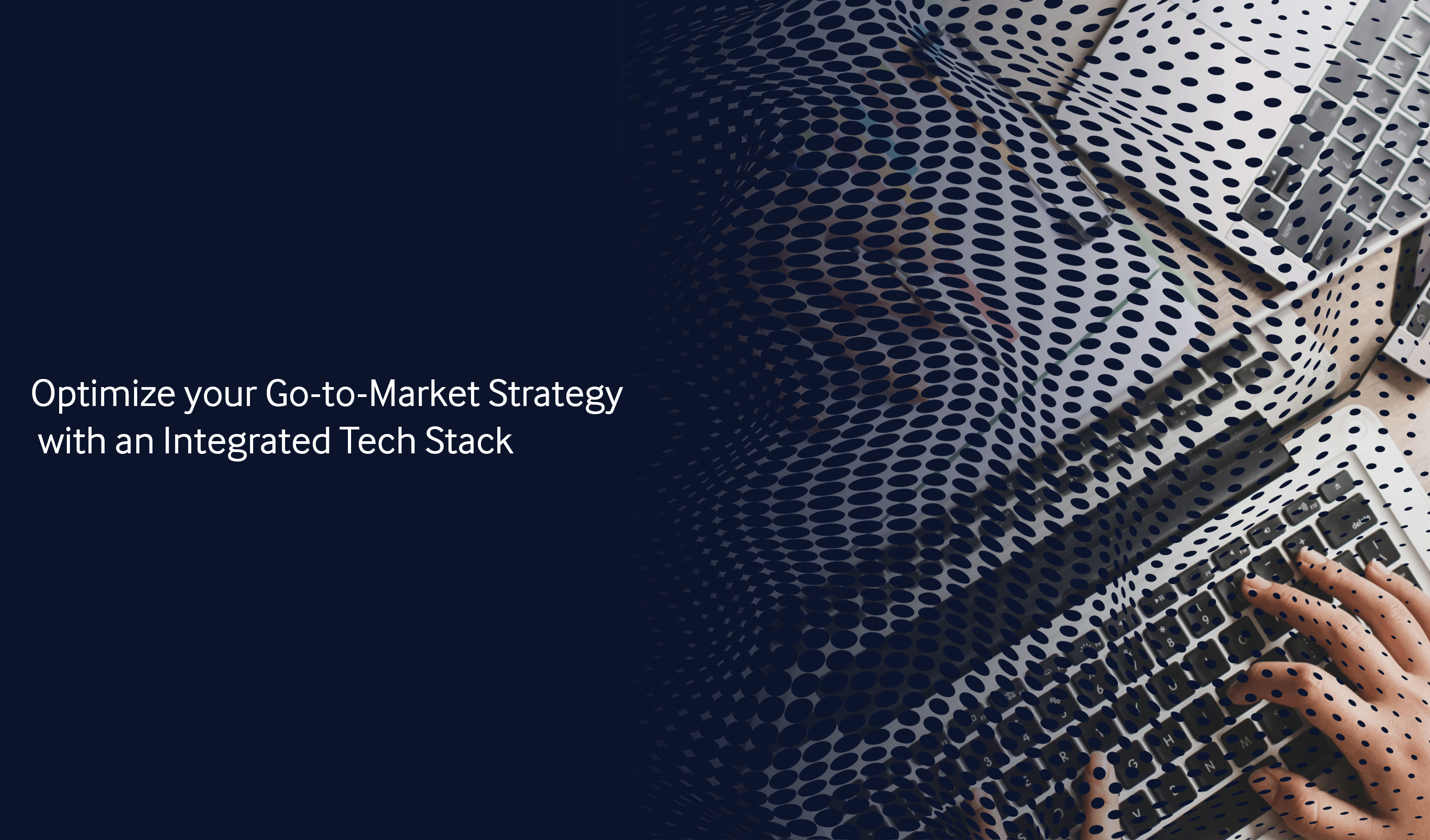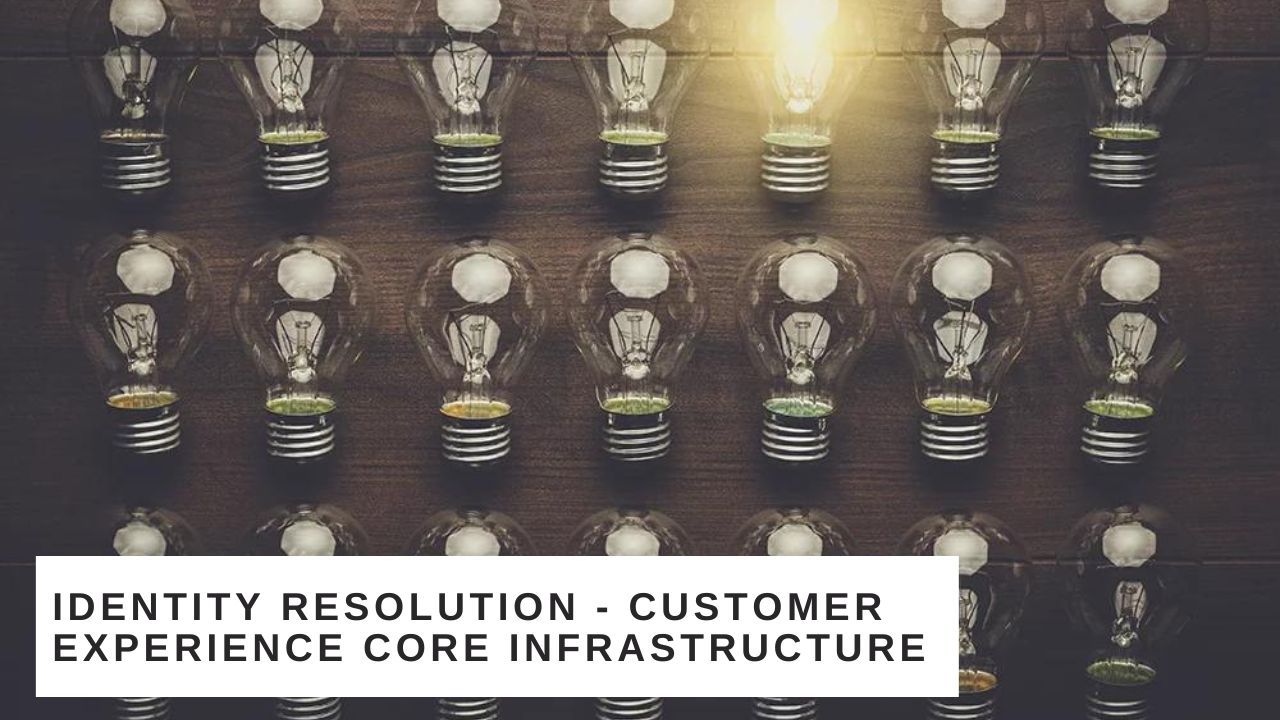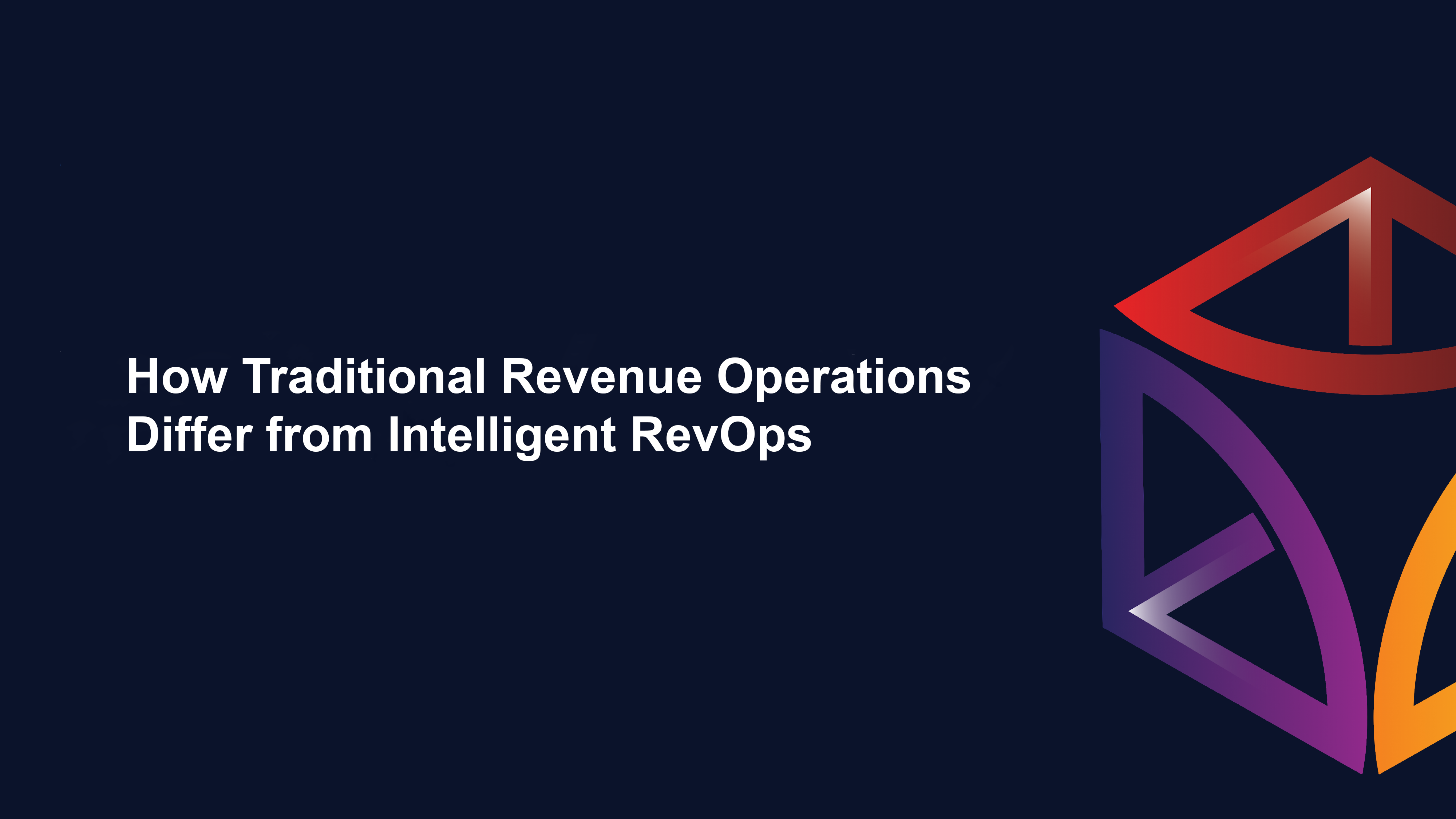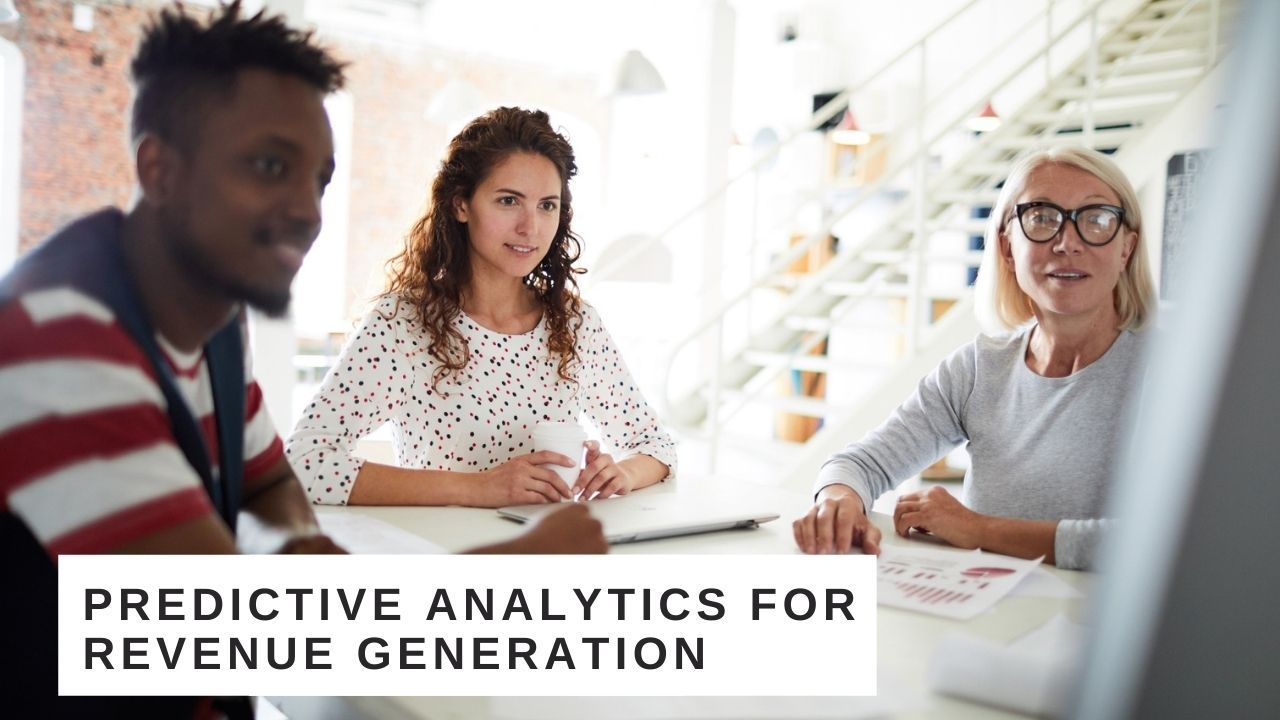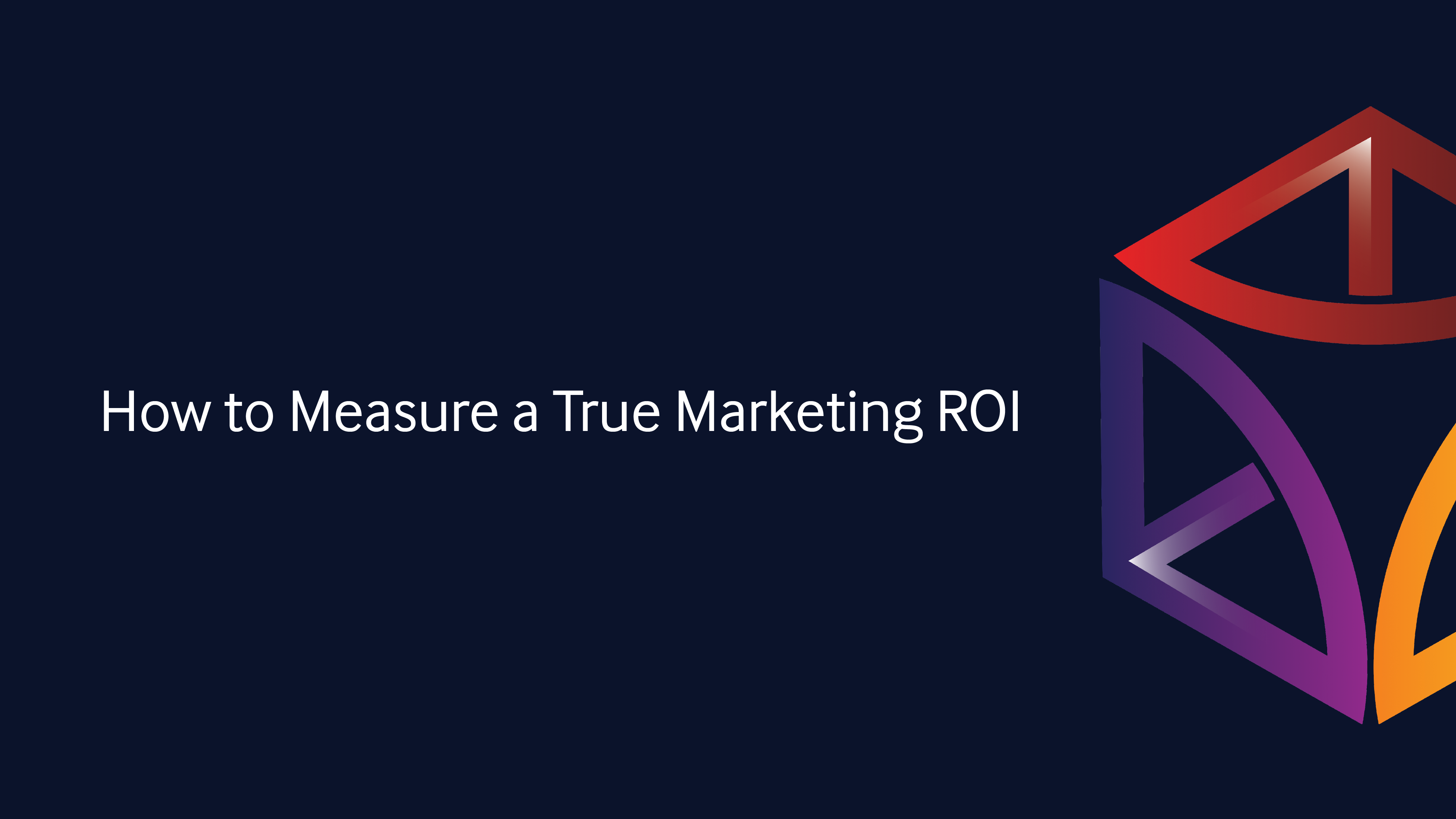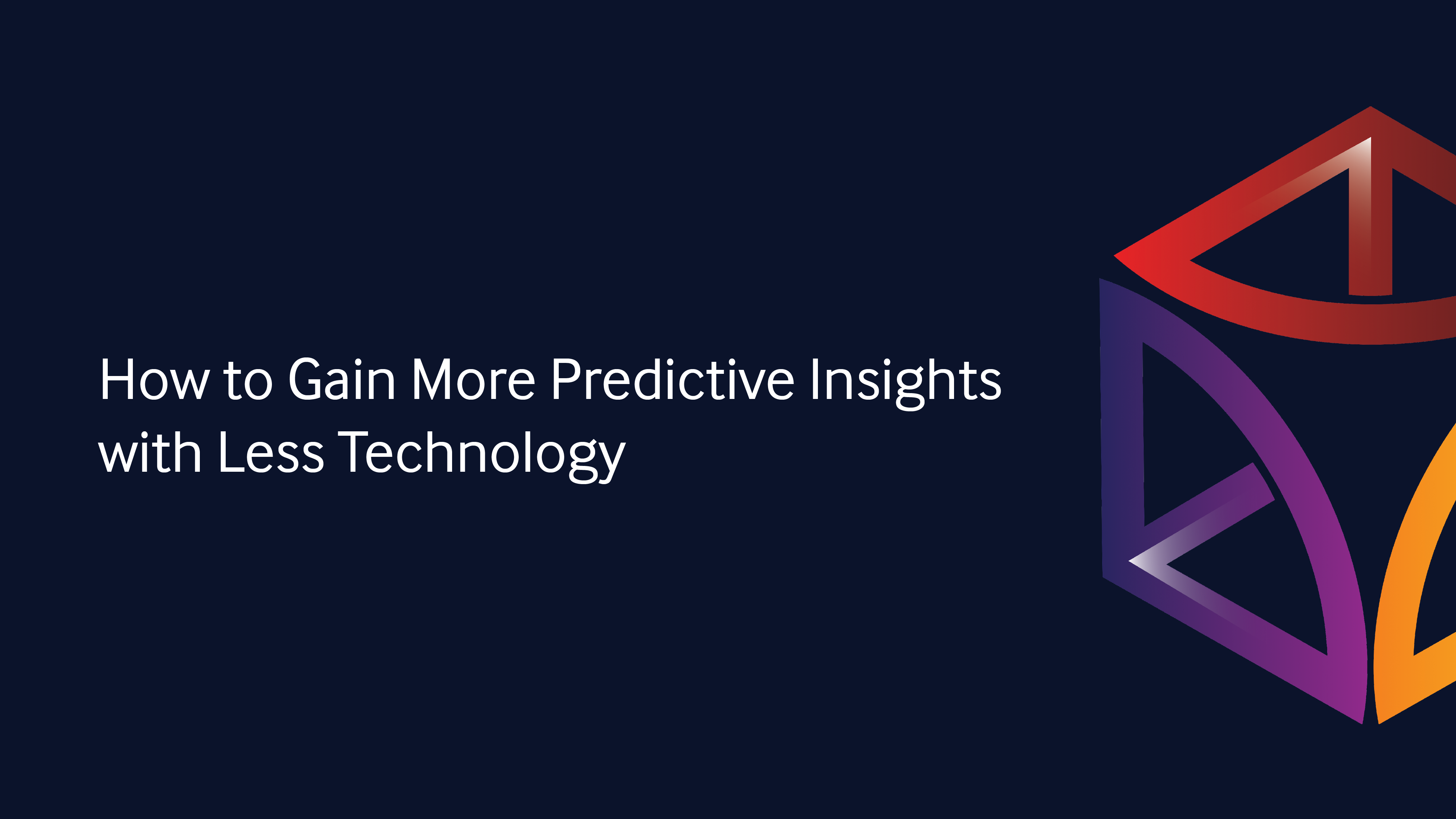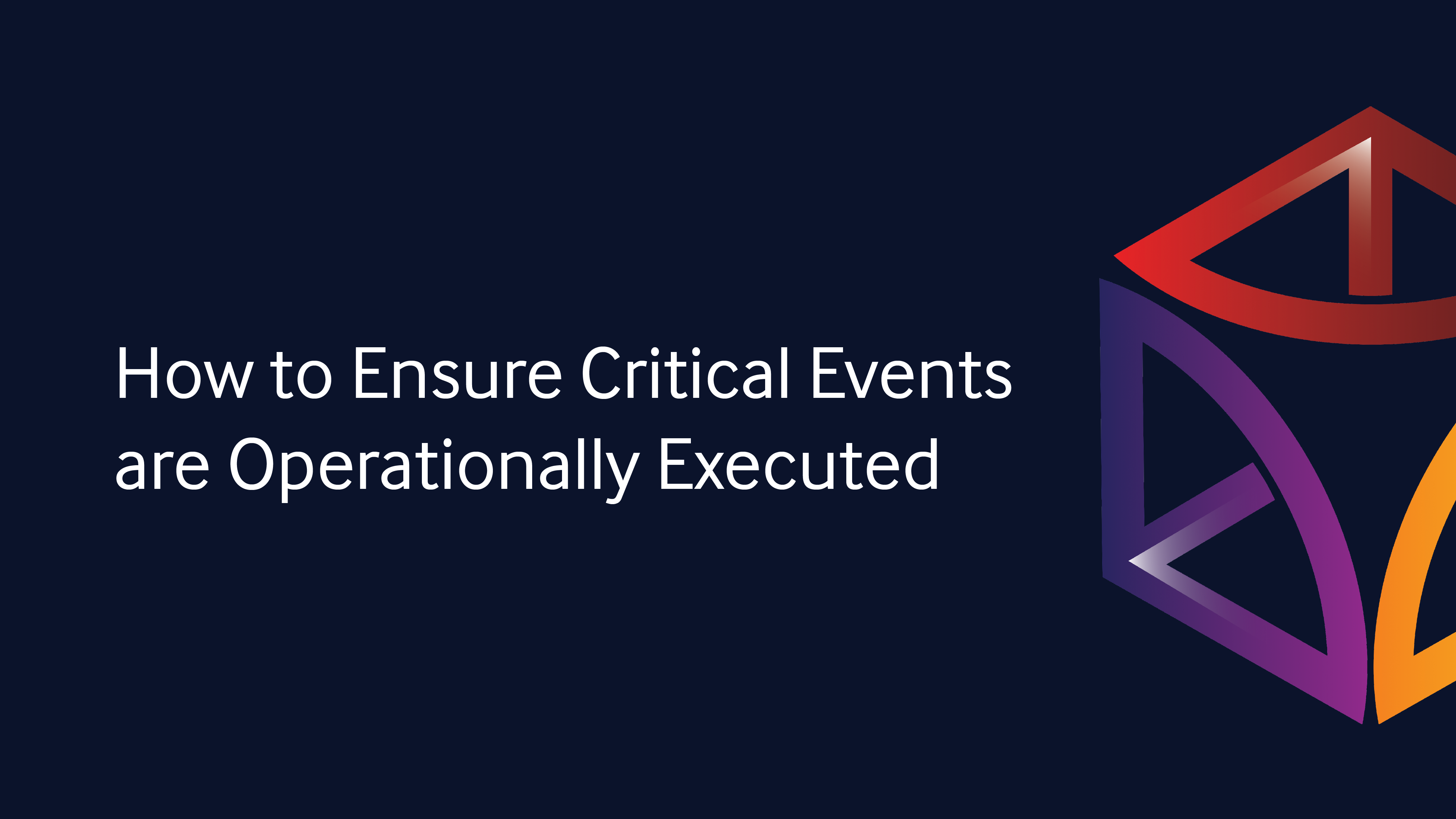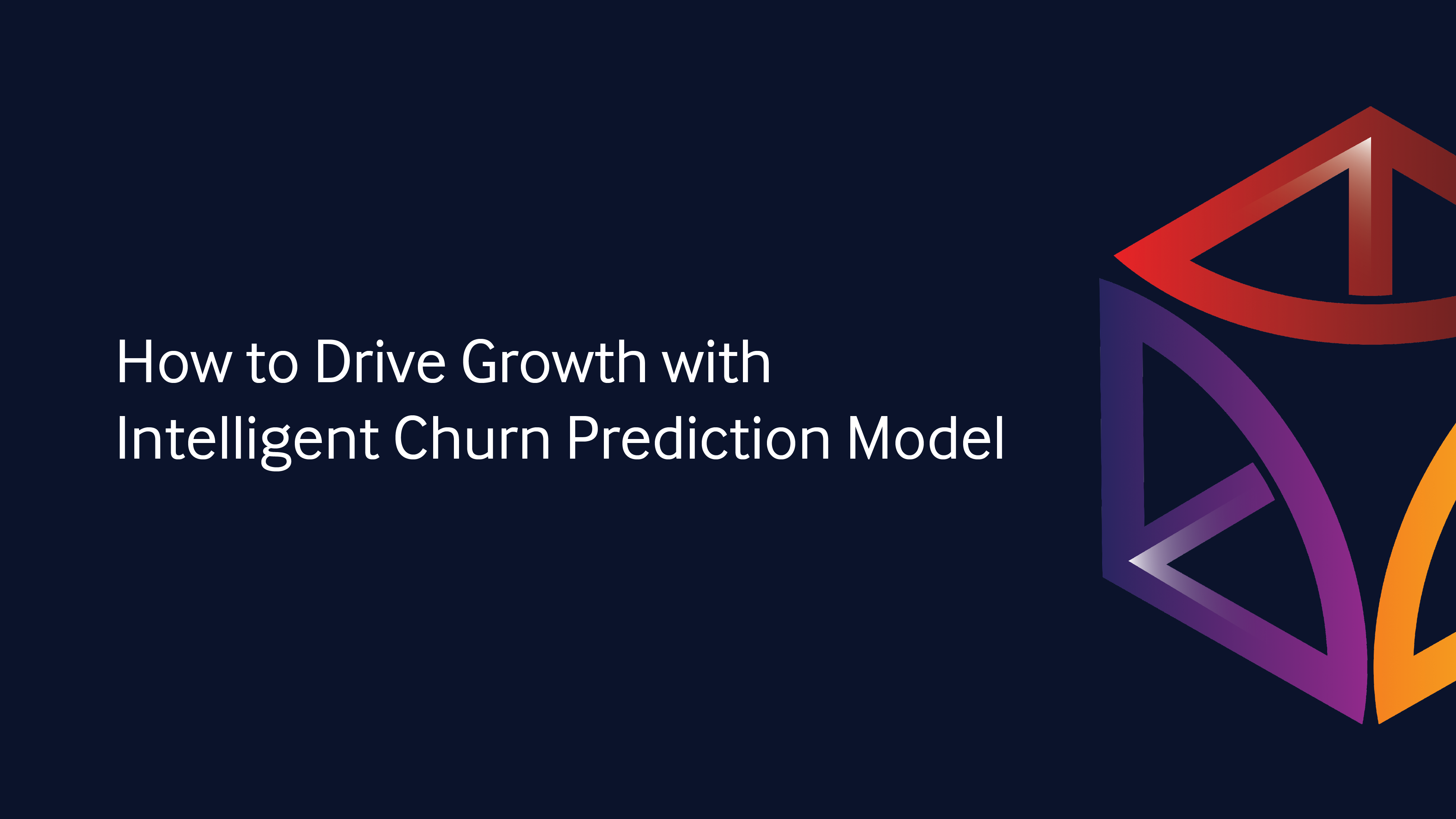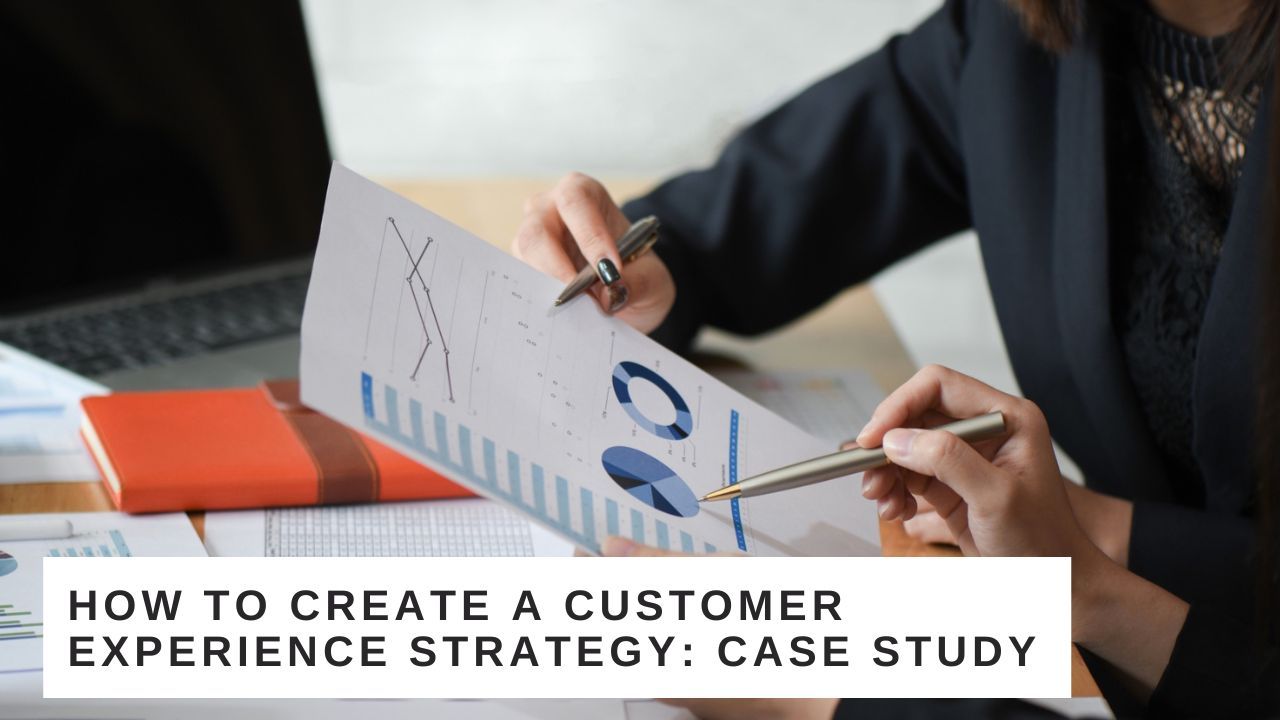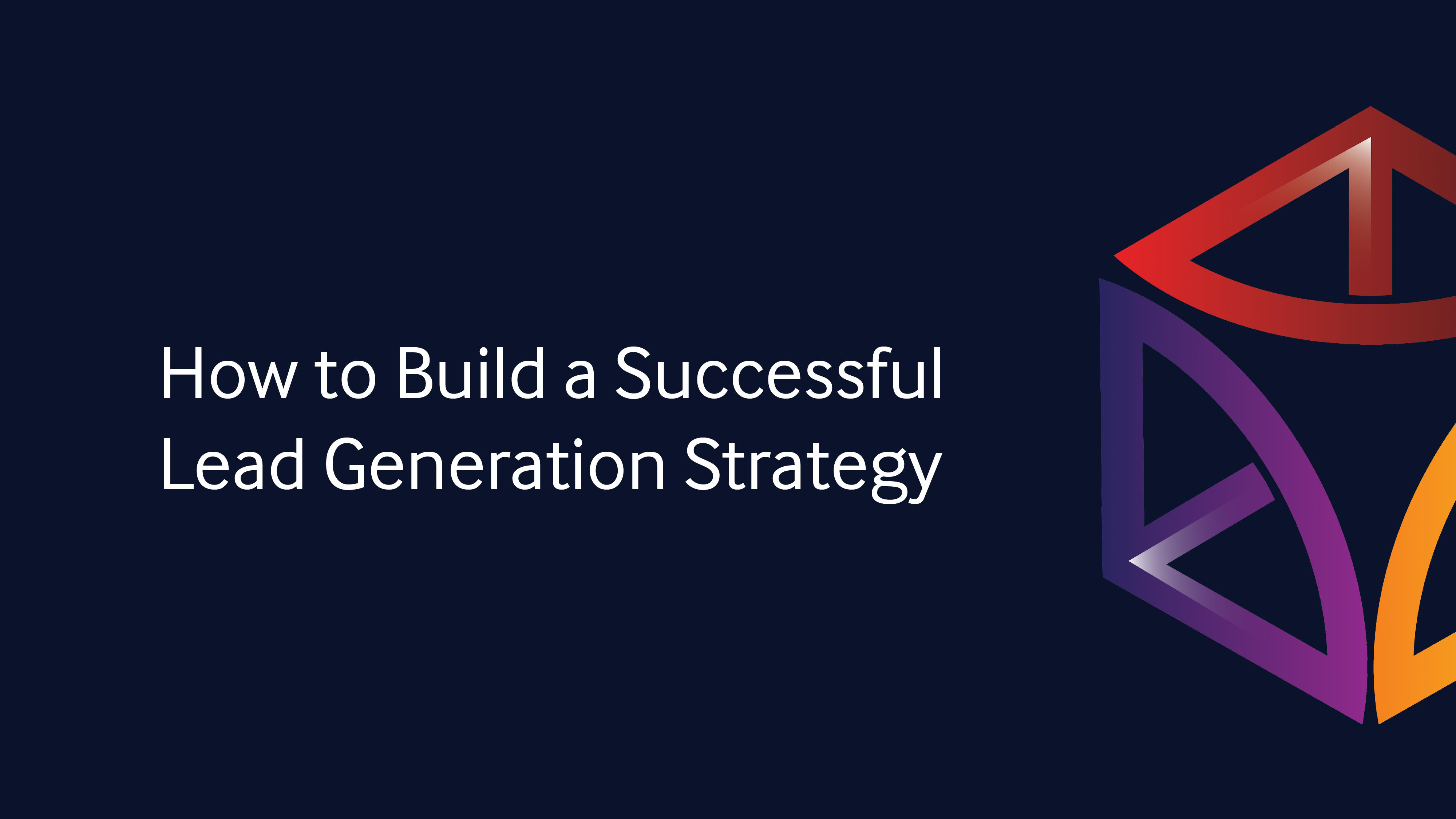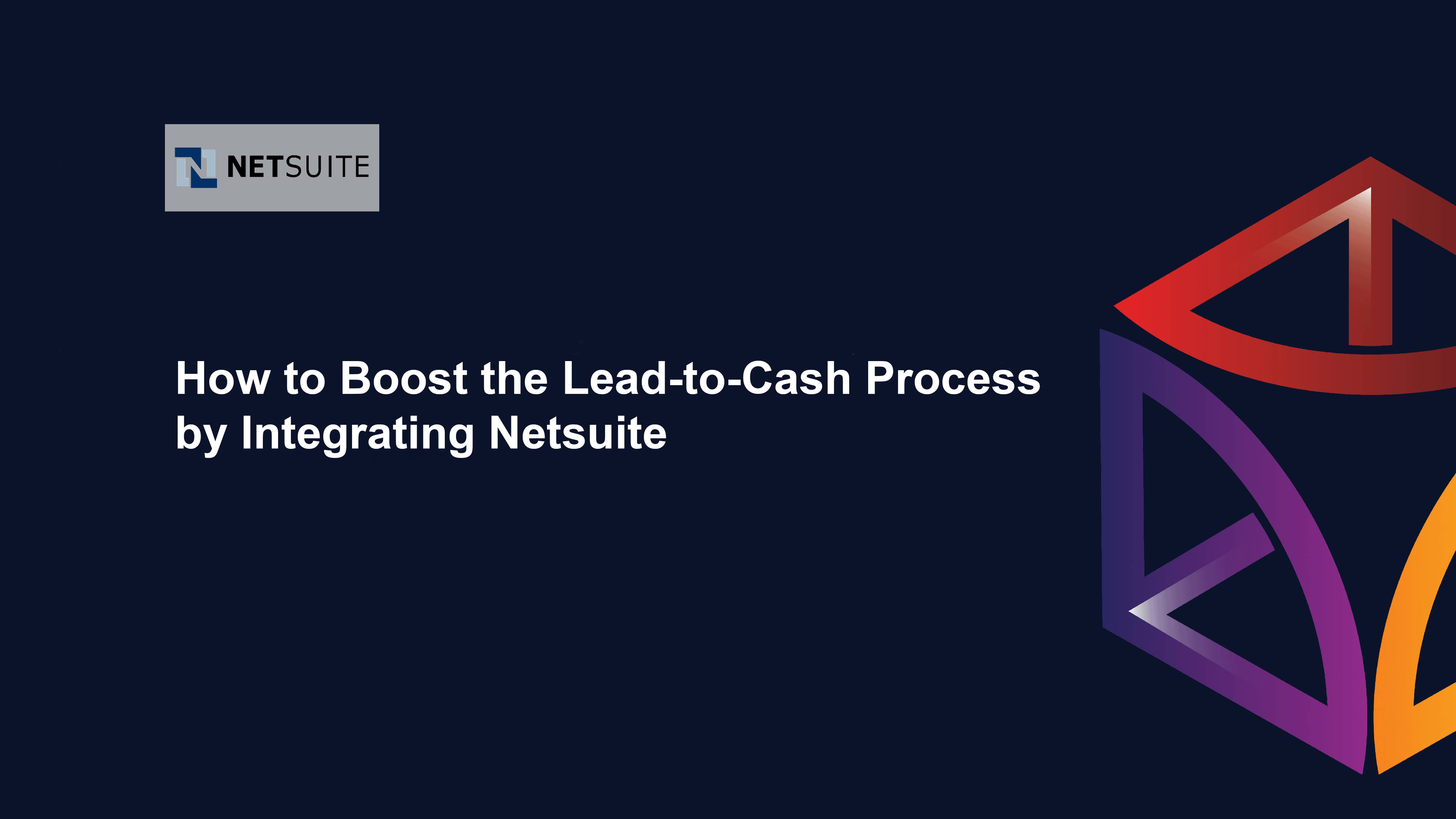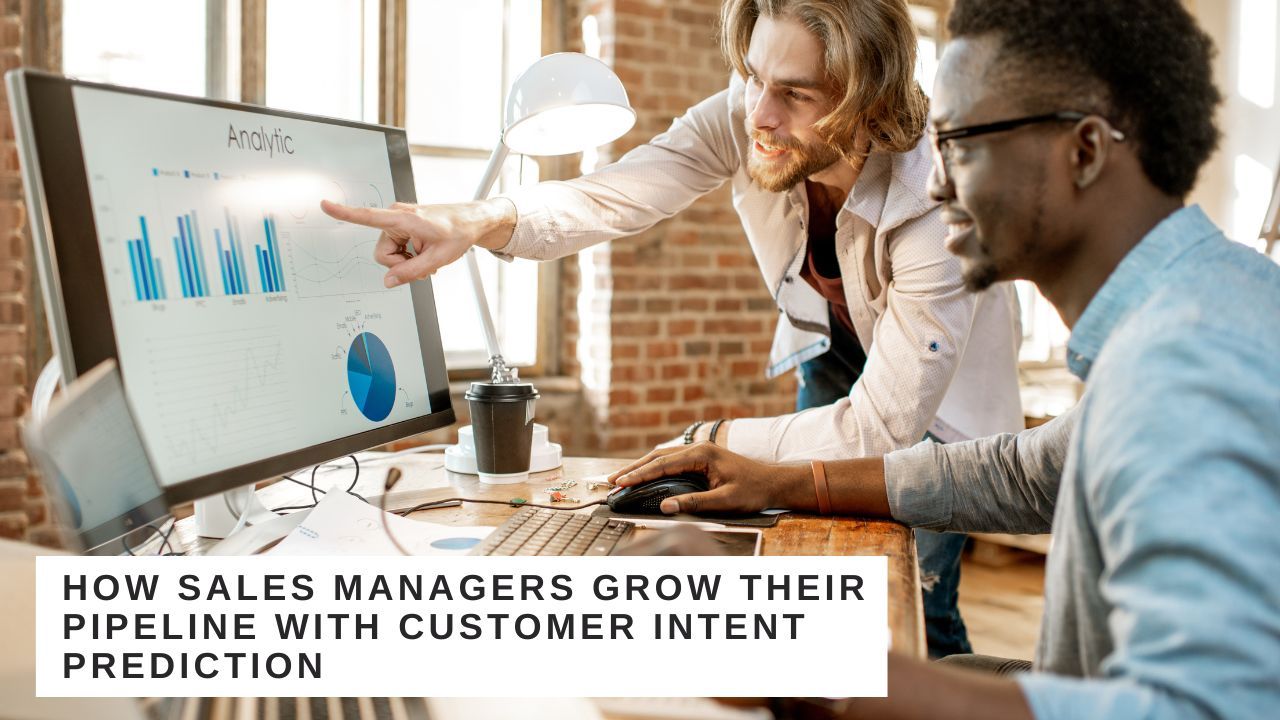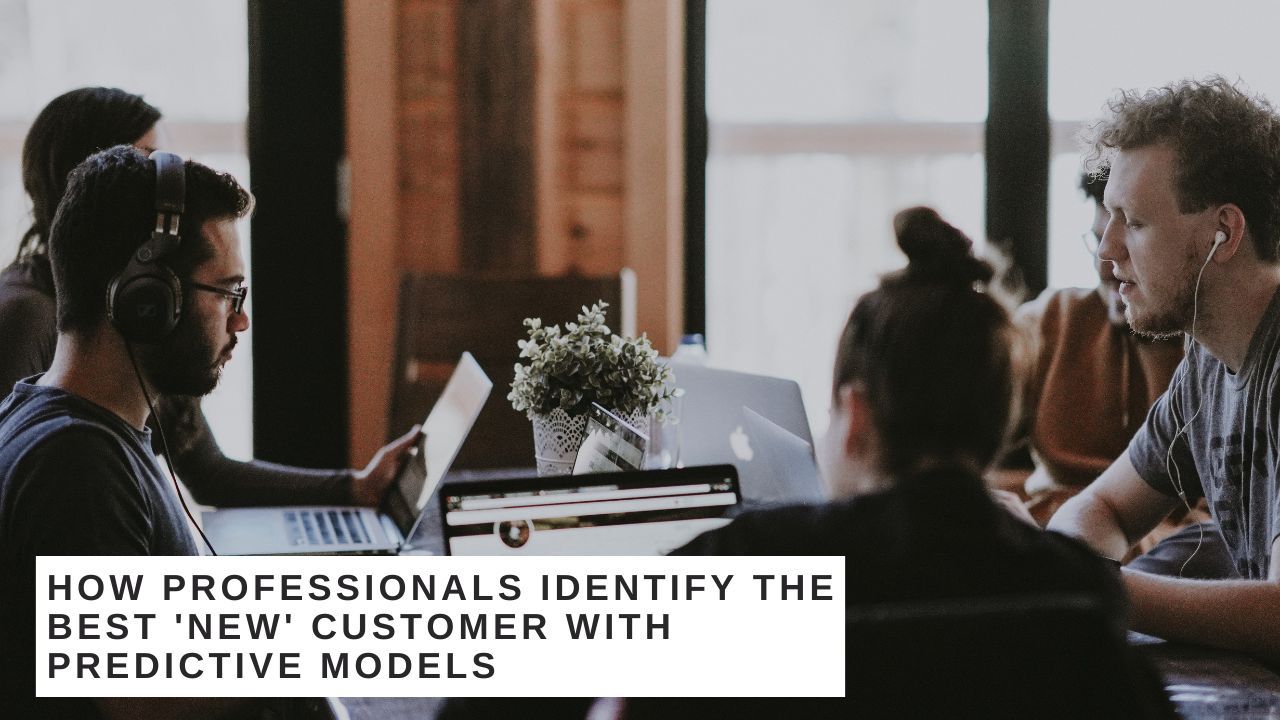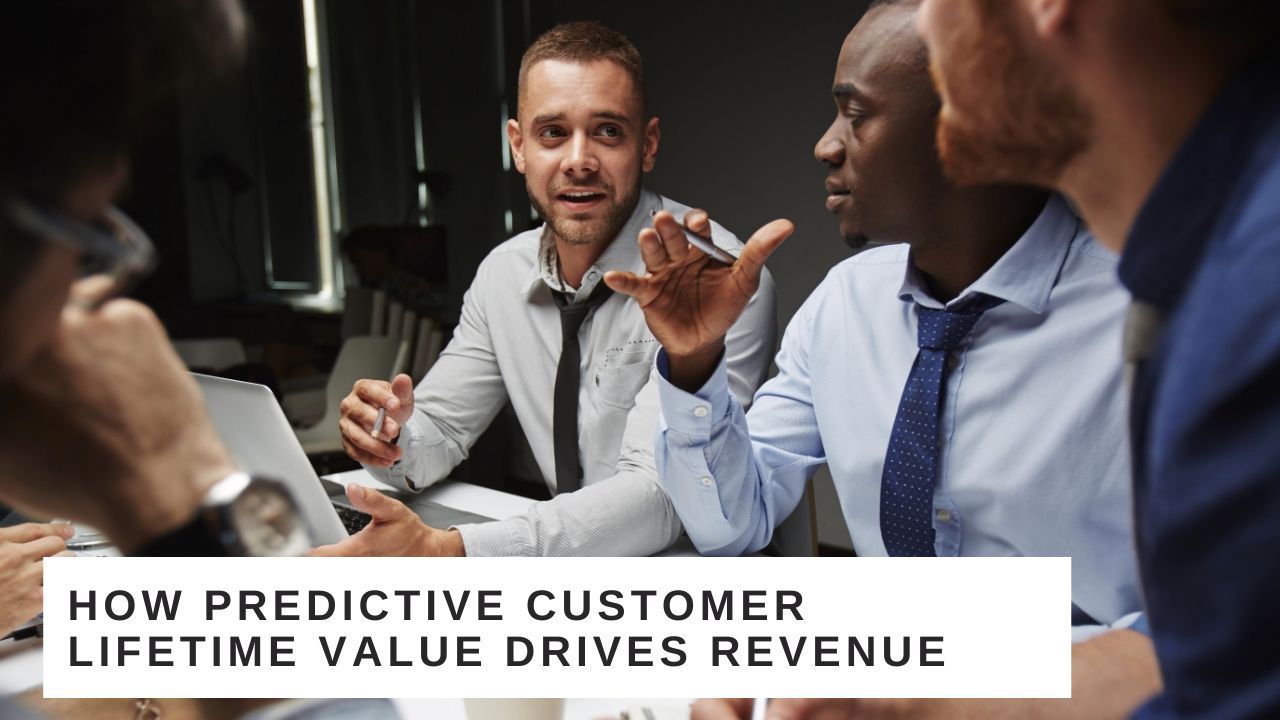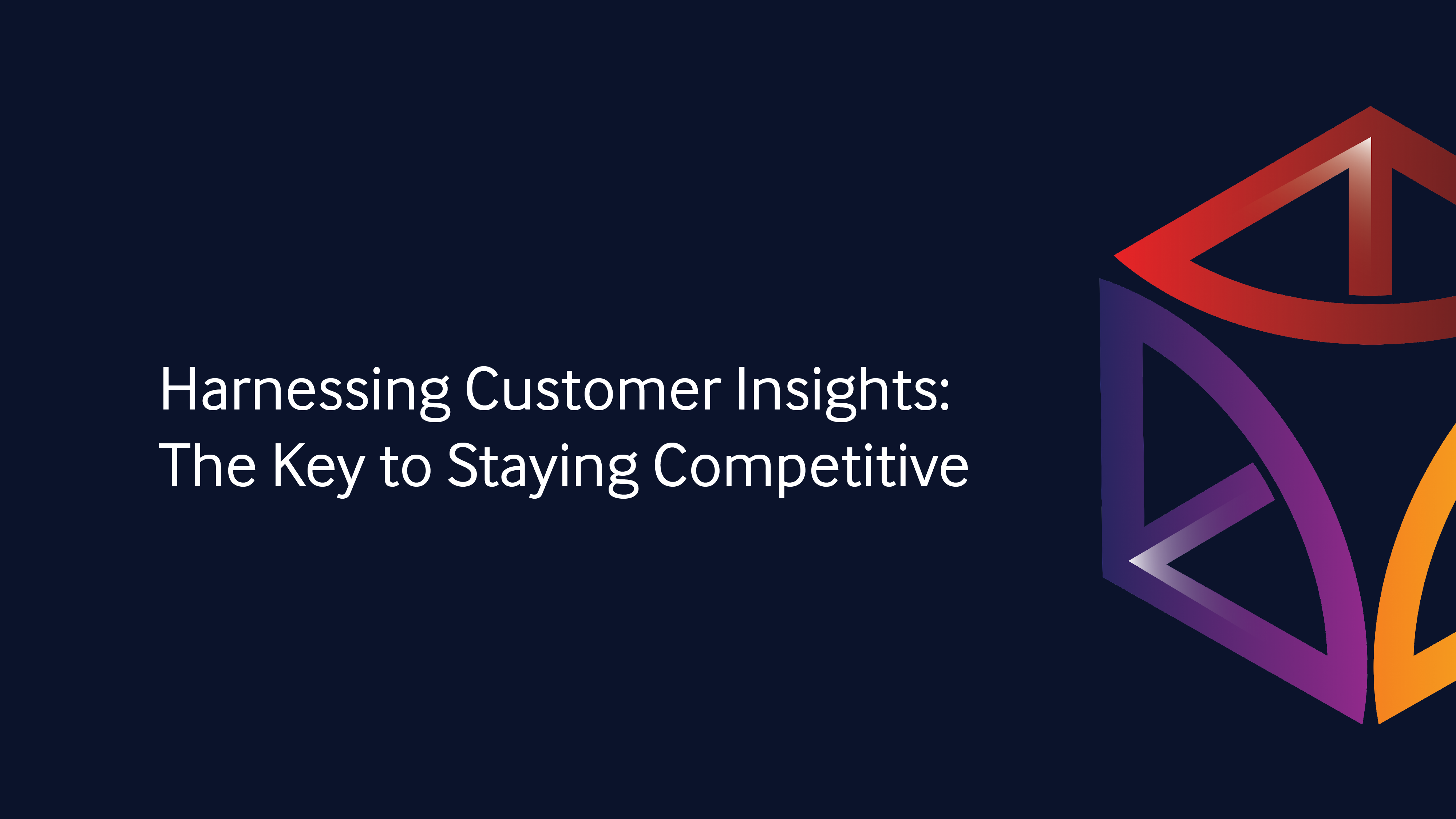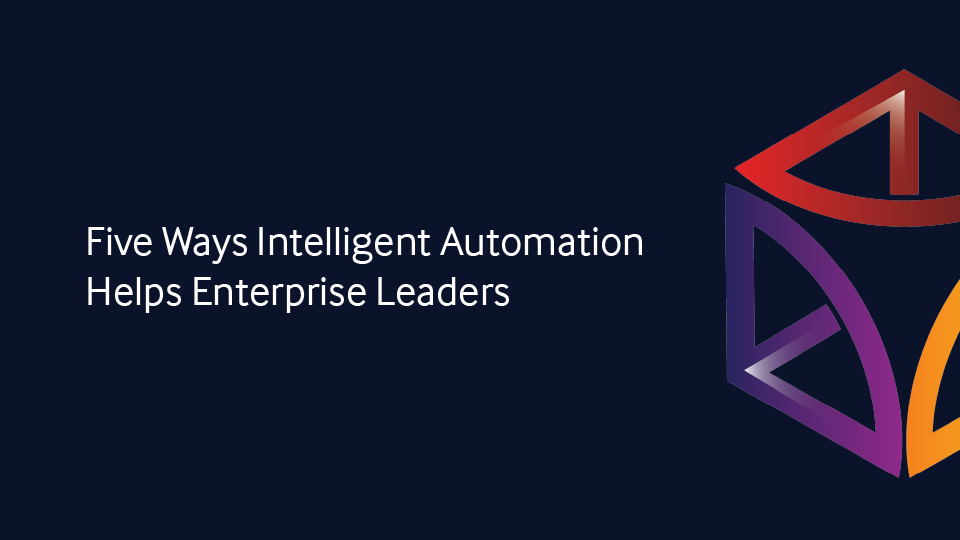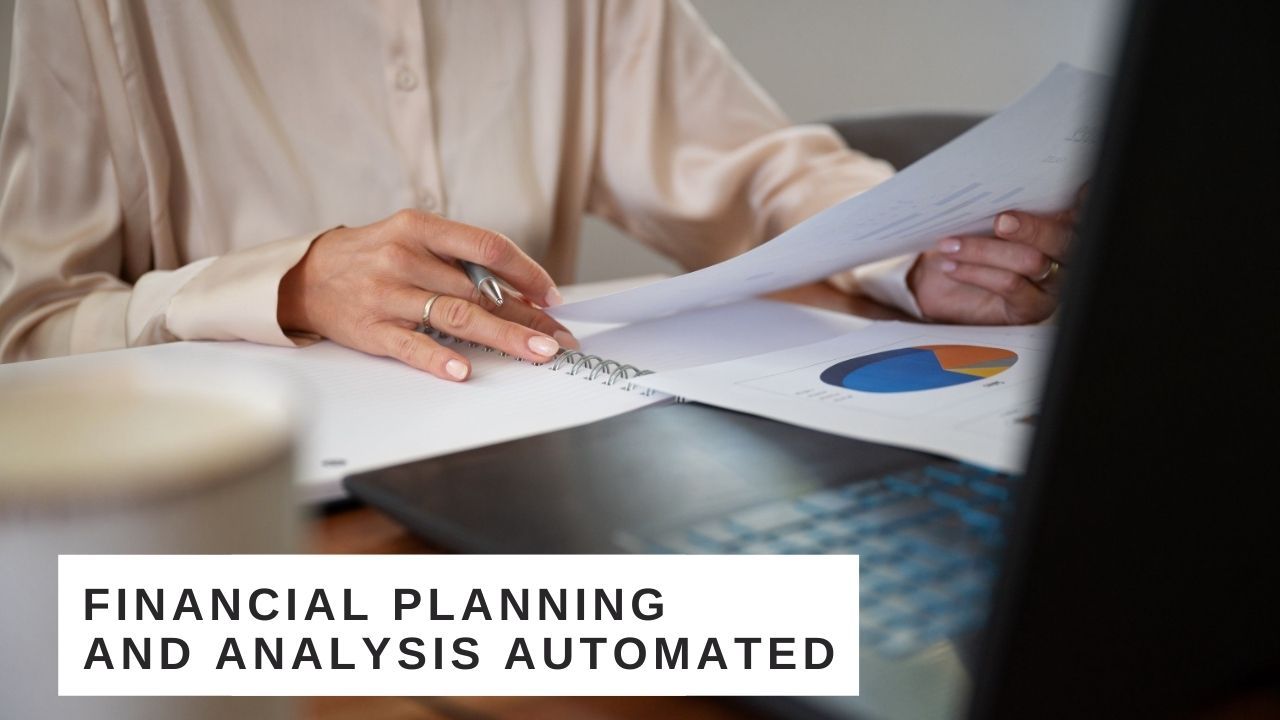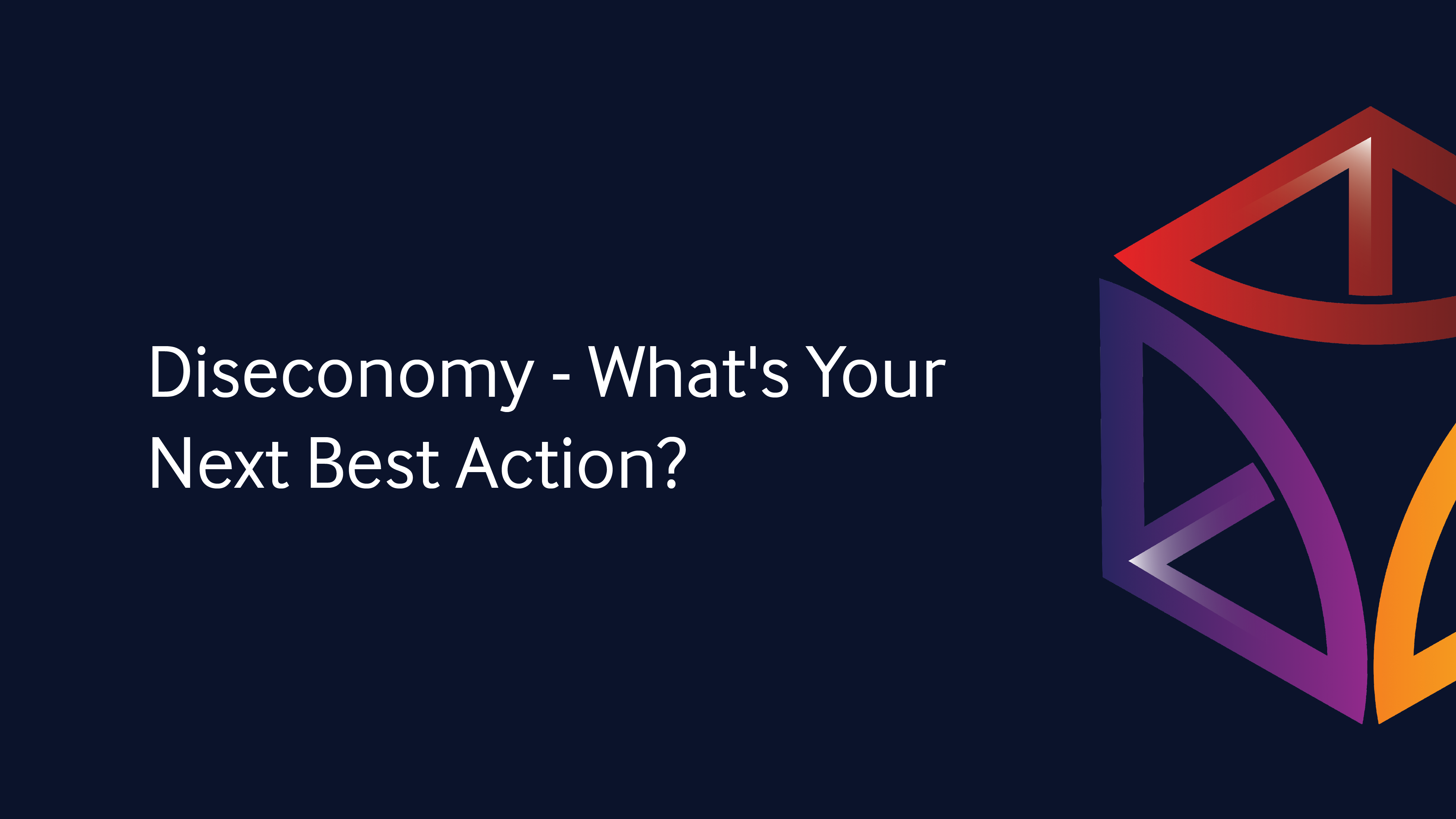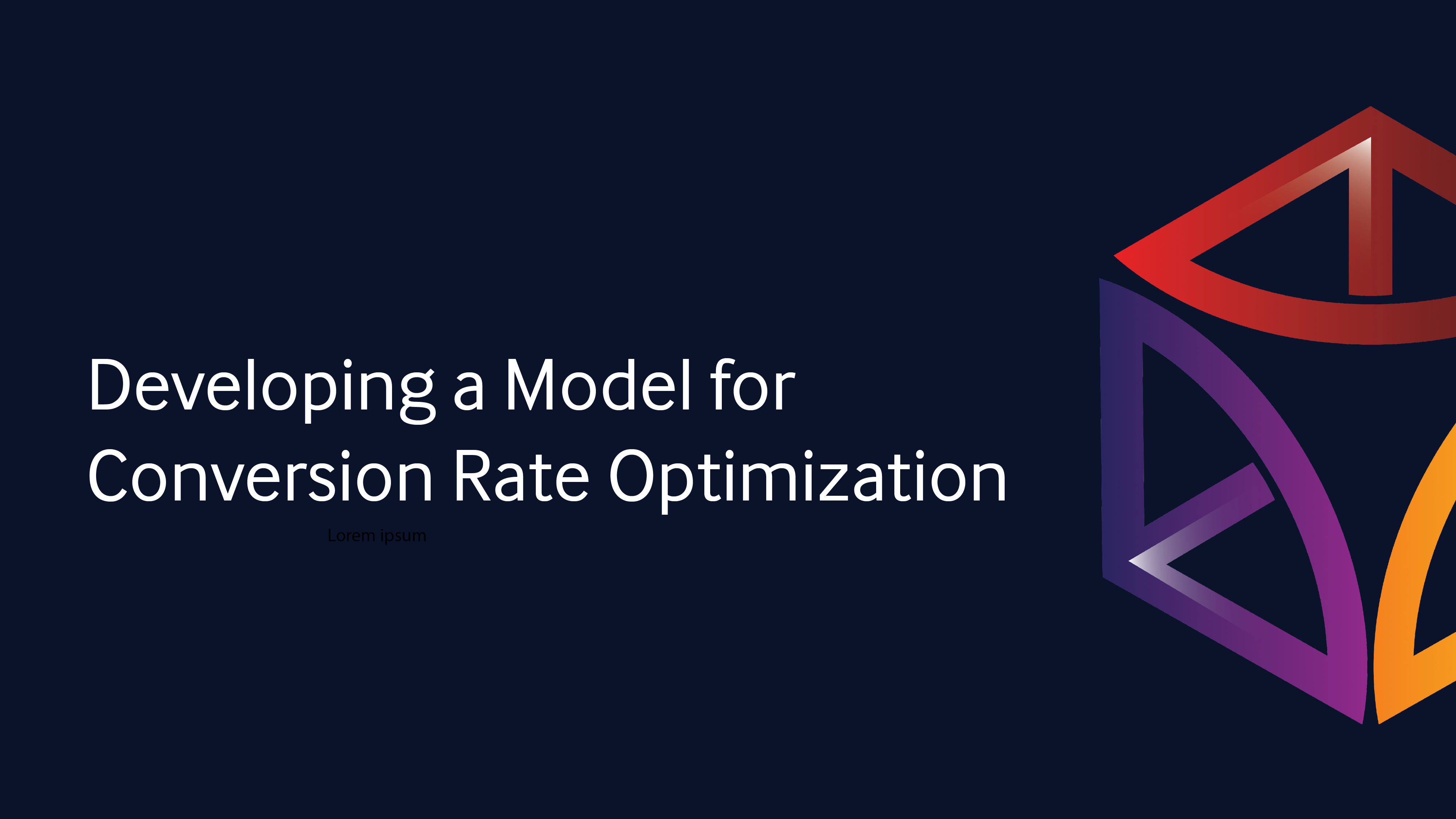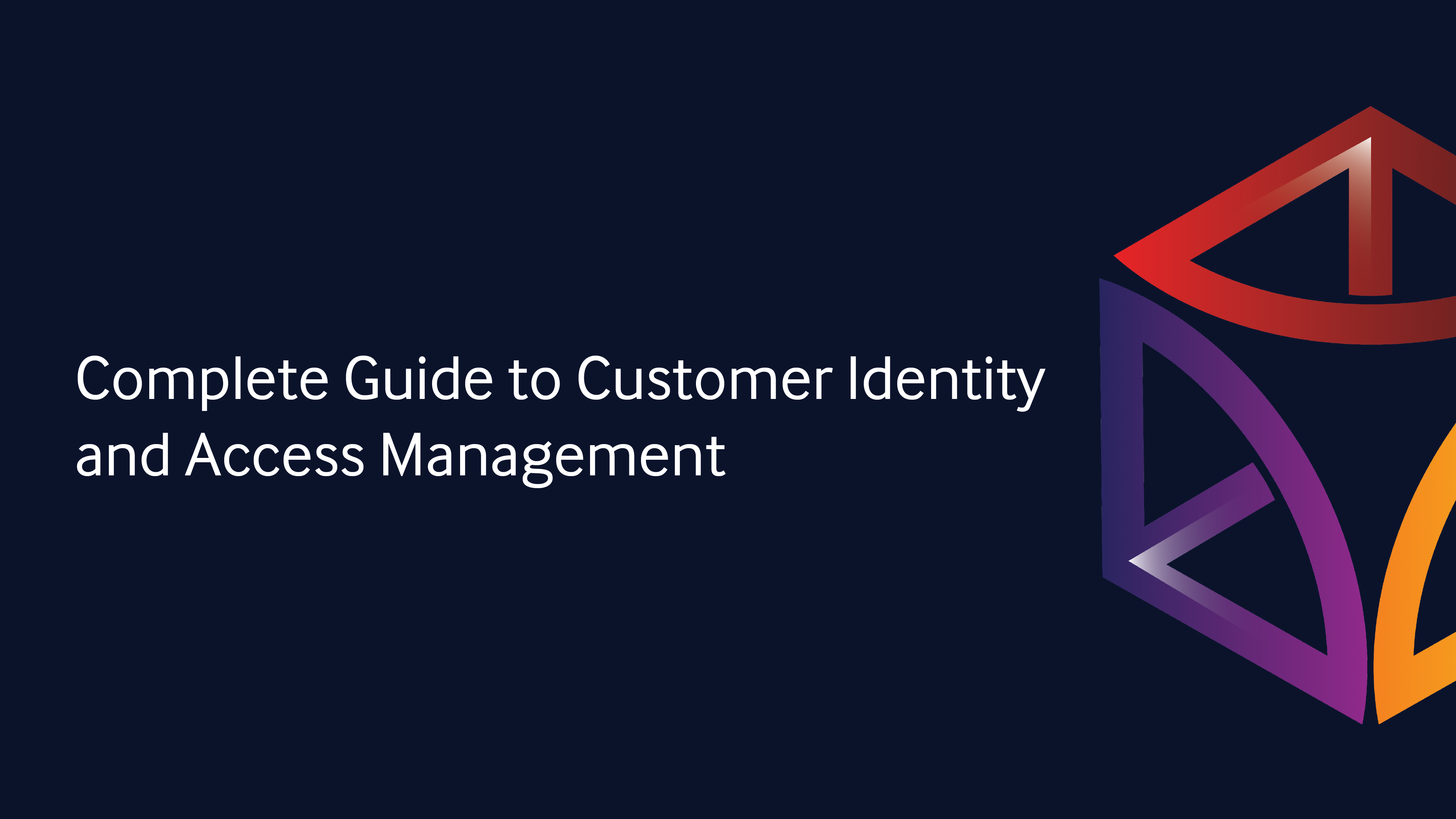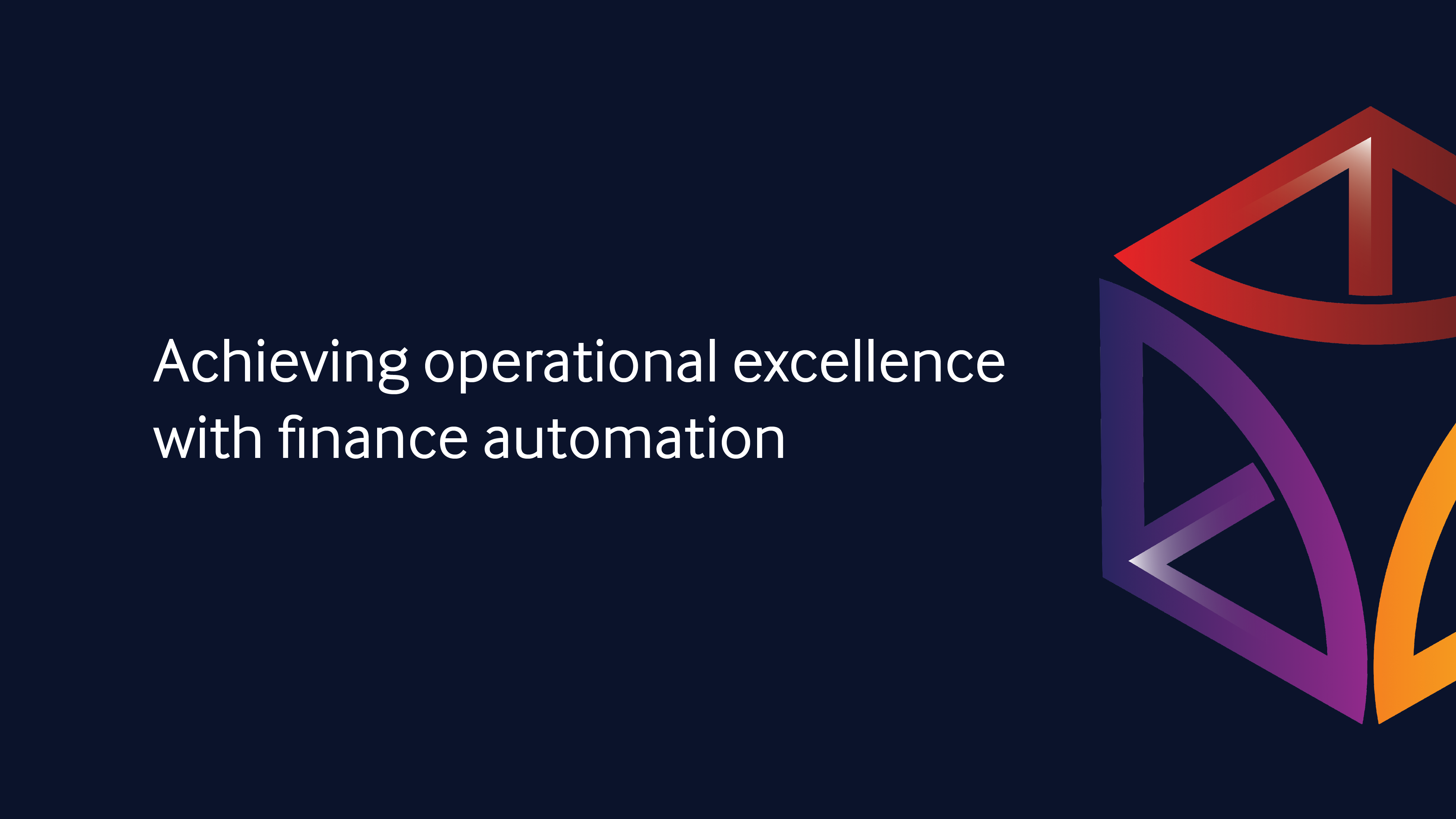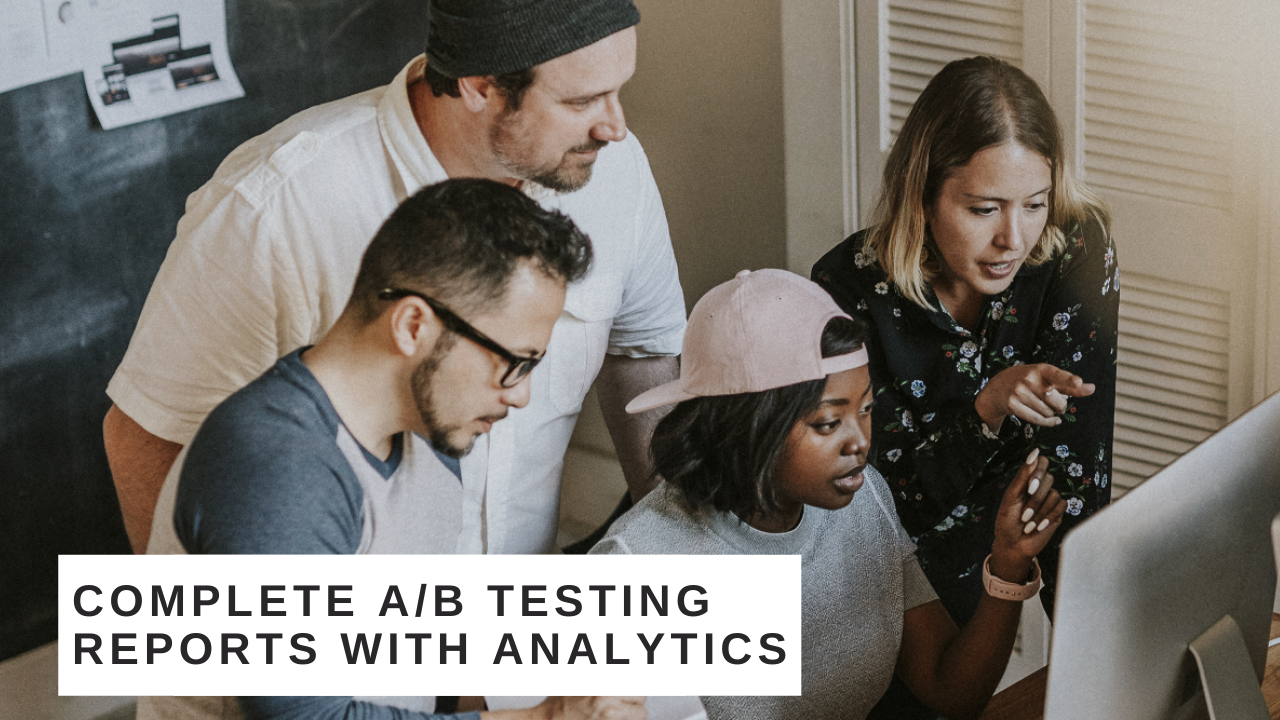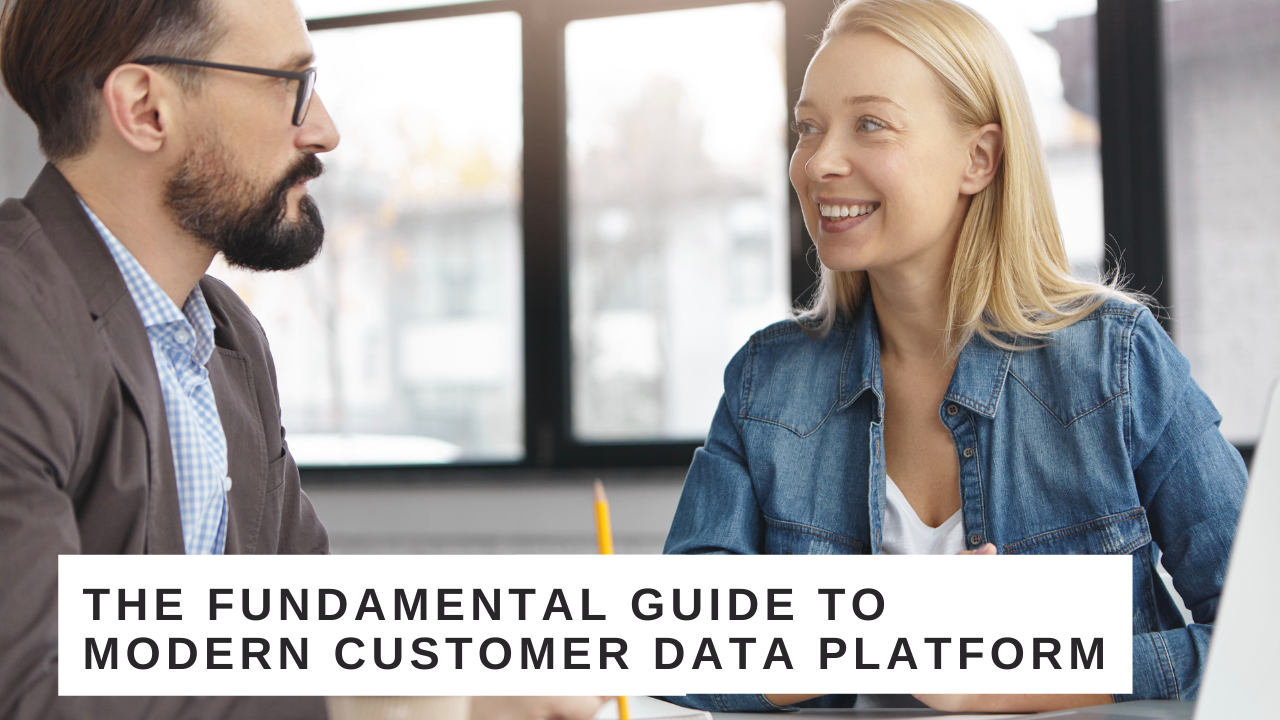Experience Continuity - Hyper Personalization Through Linked Experiences

Experience Continuity - Hyper Personalization Through Linked Experiences
When Walt Disney first created his theme parks the vision was for a continuous experience at every point of engagement. Meaning that when you watched a movie and stepped into Disney World it was as if you were entering part of the movie and visa versa. It was immersive.
How it Begins
Most organizations today struggle with experience continuity in some way. We’ve all experienced having to recite our account numbers over and over again to chained processes from web to phone to call backs.
The challenge today is that our experience starts long before we even talk to someone. With digital there are two primary starting points - web and email. These two channels are often not linked for a variety of reasons on the front end including not knowing where to start.
Said another way - experience continuity begins when you know where the intersection of experiences are happening.
The Core Use Case - But Why? Is Actually Multiple Use Cases
Creating a consolidated view for analytics enables personalization, performance attribution and a centralized view of the customer or member.
Localized reporting reporting only allows you to see what is part of that environment - there’s no context. It’s what’s called a range bound view.
The consolidation seen in the following diagram is but the first part.
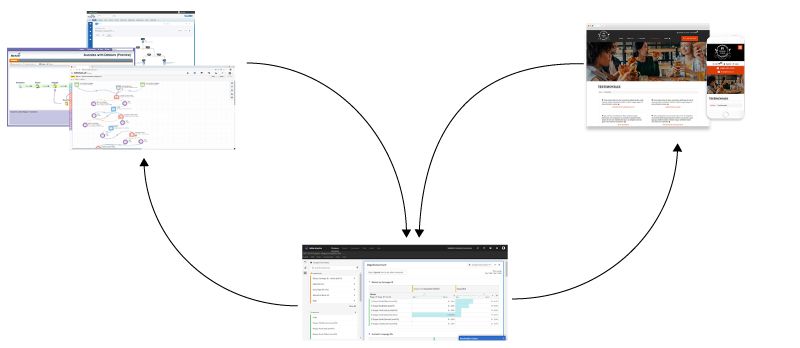
Figure 1. Campaign, web, mobile and analytics data flow
Use Case 1: Engagement View United - Activity Data and User Linking
The customer experience cross engagement brings together web, email, content and mobile into the singular view.
This first step is often done with specialized data warehouses which are suited for the business and marketing analytics scenarios.
When it’s centralized it solves three needs:
- Single Customer View
- Centralized Analytics
- Global Insights and Attribution
There are two things that need to be in place for this to happen:
Integration - preferably one that is easy to change as your needs will change fast.
Normalization - the process of getting unlike data to fit into the same place
Use Case 2: Cross Channel Engagement Drives Experience Continuity
Cross channel engagement which some refer to as omni-channel (it’s not for the purpose of this writing) enables the foundation for Experience Continuity at least in the digital realm and hopefully as it transits through to actually connecting with a real person.
Identity Resolution Starts the Loop
The core tenant for experience continuity is Identity Resolution which is a separate and related discussion.
In essence what’s created is the feedback loop between the analytics and insights function with the structured engagement campaigns with the brand and content experiences.
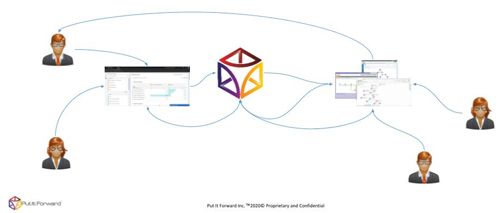
Figure 2: Process Flow
This feedback loop enables two uses cases which are critical for experience continuity.
- Identity Resolution
- Hyper Segmentation
Identity resolution contributes to unlocking a host of other related use cases such as the halo ID, centralized reporting, continuous integration and customer experience.
Benefits Articulation
Often we get asked about the benefits of these solutions in real terms that people can quantify because it’s obvious emotionally while challenging to articulate.
The struggle with experience continuity and is likely to remain so for some time is that there are multiple points of engagement for the customer but more to the point - there are multiple sub-organizations with differing outcomes they’re driving which are not linked.
For the parts of the organization that are focused on creating a delightful experience for their customers, users, members or constituents it’s more than possible to achieve. It requires the knowledge, skills and abilities of partners who understand how to bring this to life. More so what you create can be leveraged across the organization. Meaning that you can create your own little version of Walt was doing for us all.
We’ve got a lot more to say on this when you’re ready.
Related topics:

Patterns for Success
IDC Analyst Guidance
Report

Informed Choices
Buy or Build
Infosheet

Digital Transformation
Infosheet
Case Study

6 Questions To Ask A Potential Partner
Guidebook

The Truth With Native Integration
Can You Afford It?
Whitepaper
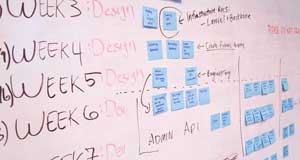
Best Practice Guidebook
Roadmap for Success
Report

Solutions Templates
Best Practice Templates
Blog
